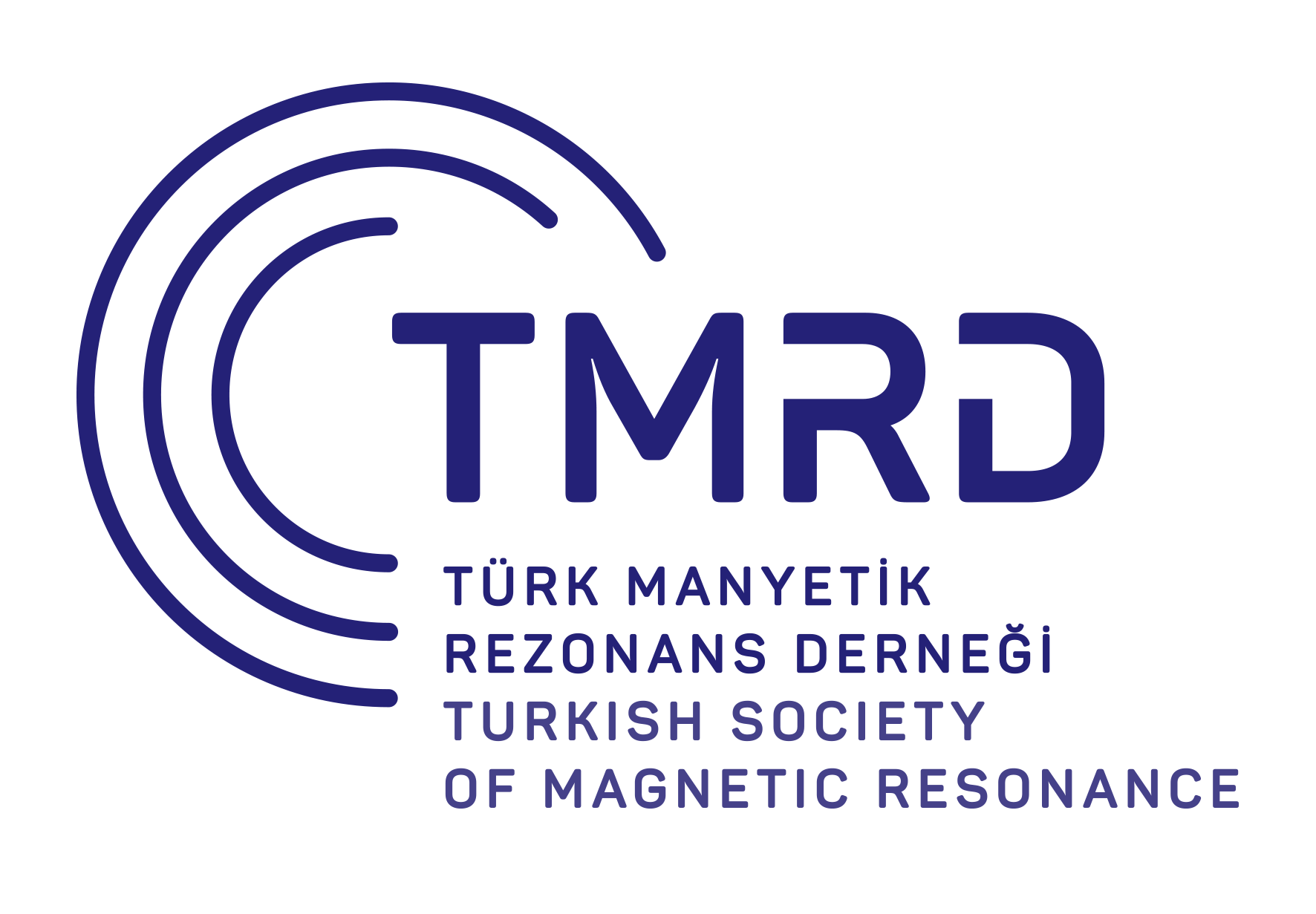Objective: Cutis verticis gyrata is a rare condition of scalp thickening, characterized by deep grooves and gyriform ridges that can be observed on computed tomography scans and magnetic resonance imaging. It is a benign and asymptomatic condition, but sometimes, it may be associated with some systemic diseases in the secondary form.
Methods: Review of the 4026 magnetic resonance imaging studies from a clinics’ archive revealed 29 patients with cutis verticis gyrata. Obtained images were re-evaluated for symmetry, localization, and direction. History and previous medical records of the subjects were evaluated, and laboratory or clinic findings that could be related to cutis verticis gyrata were noted.
Results: Around 44.8% (n=13) of the subjects were male and 55.2% (n=16) were female. Age range was 28-87 years with a mean of 61.10 ± 15.25 years. Evaluation of the history and previous medical records of the subjects revealed no laboratory and no clinic findings that could be related with cutis verticis gyrata; therefore, the cases were accepted as primary. About 21 patients had bilateral involvement, which was asymmetric in 8 of them; 24 patients (82.8%) had a chronic disease, 11 out of them (37.9%) had diabetes mellitus, 15 (51.7%) had hypertension; 18 cases (62.1%) had magnetic resonance imaging signs of small vessel disease.
Conclusion: When encountered during radiological imaging, clinicians must be aware of possible diseases that may be associated with cutis verticis gyrate, and further investigations may be performed to rule out these diseases.
Cite this article as: Güçlü D, Oğuz OŞ, Oğul H. Cutis verticis gyrata: A rare finding in cranial magnetic resonance imaging that is usually overlooked. Current Research in MRI. 2022;1(3):59-62.



.png)
